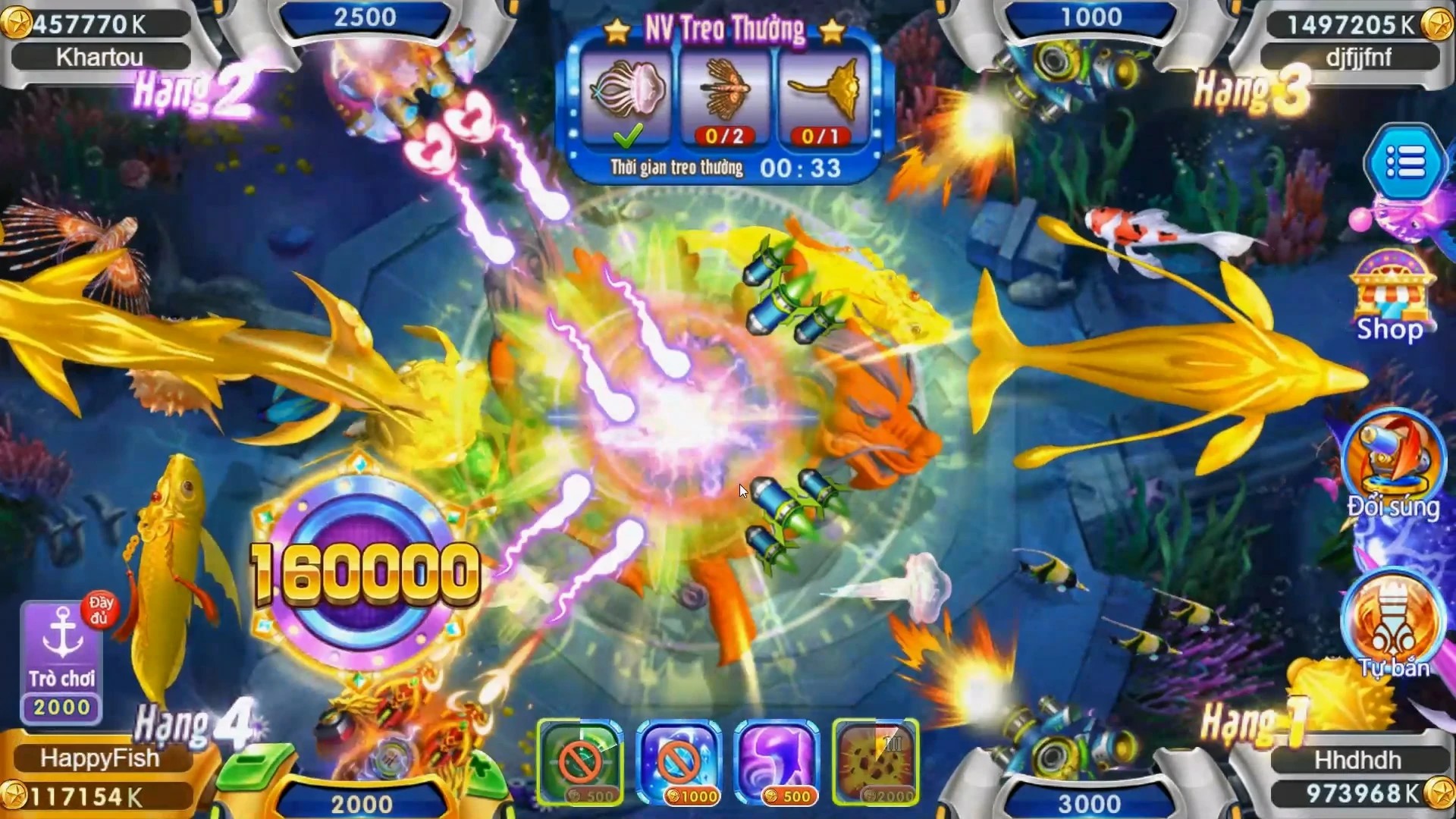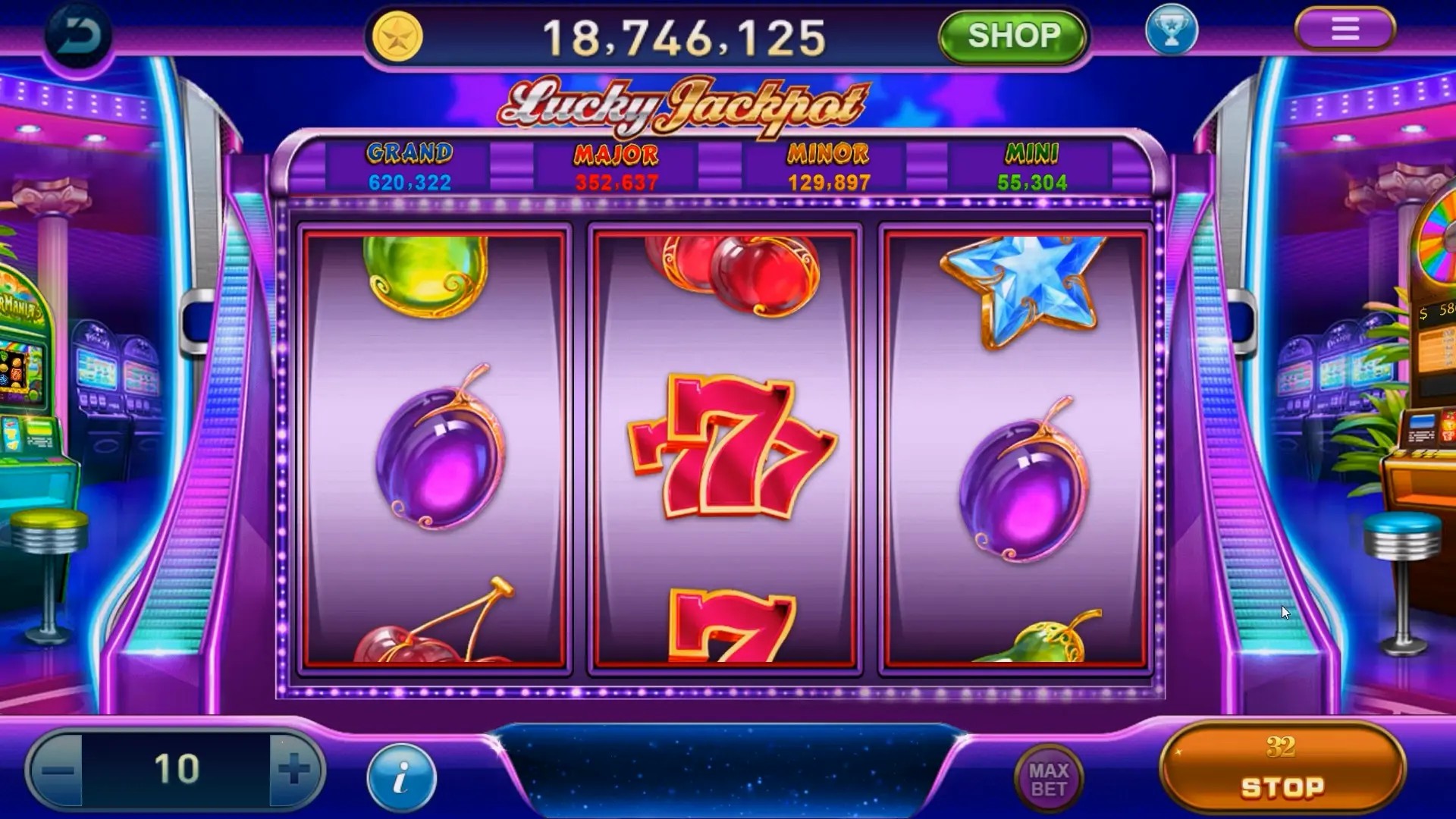Building Games vs. Idle Games: Which One Fuels Your Creativity?
In the world of gaming, two genres have taken center stage: building games and idle games. Each offers unique experiences and appeals to various types of players. But which one truly ignites your creative spark? In this article, we'll explore both genres and their significance in fueling creativity, along with some fun insights into their gameplay mechanics.
Understanding the Core Concepts of Building Games
Building games are those that allow players to construct and shape their virtual worlds. Think of titles like "Minecraft" or "The Sims". They empower players with freedom and tools to express their creativity. Below are some critical points about building games:
- Creative Freedom: The player decides what to create, how to build, and can modify any aspect of their gameplay.
- Customization: Players can personalize their avatars, homes, and environments, adding a personal touch.
- Community Engagement: Many building games incorporate online features where players can share their creations.
Exploring Idle Games and Their Appeal
Unlike building games, idle games focus on gradual progress, often requiring minimal interaction from players once set up. Games like "Adventure Capitalist" and "Cookie Clicker" fall into this category. Here’s a breakdown of idle games:
- Passive Gameplay: Players set strategies but can often walk away and let the game play itself.
- Incremental Growth: Idle games reward patience, offering a sense of achievement as numbers grow.
- Time Management: Players balance wins when they return, creating a cycle of play.
Building Creativity vs. Passive Enjoyment
Where does creativity fit into these two genres? Building games let players express their artistic visions, while idle games offer a different kind of satisfaction - the joy of watching progress unfold without direct effort. So, which one fuels creativity more?
Comparative Analysis of Building vs. Idle Games
| Aspect | Building Games | Idle Games |
|---|---|---|
| Player Engagement | High | Medium to Low |
| Creativity Required | High | Low |
| Time Investment | Variable | Minimal |
| Social Interaction | Community Focused | Single Player Oriented |
Does Creativity Have Different Forms?
While building games clearly allow for creativity, one could argue that idle games strike a different chord. They often require strategic thinking and resource management, nudging players to innovate even in a predominantly passive environment. So the question isn’t just “Which is more creative?" but “What type of creativity are you seeking?"
Getting Creative with Idle Games: Surprising Depth
Believe it or not, idle games can deepen creativity in unexpected ways. Players often engage in planning optimal strategies behind the scenes. This can develop skills in resource allocation, time management, and even mathematical reasoning. Here’s how:
- Players often create charts and graphs to track their progress.
- They explore multiple strategies for maximizing their income.
- Some players even engage in community discussions to share tips and hacks!
The Role of Visual Elements in Both Genres
Visuals play a huge part in engaging players. In building games, the graphical detail can transport players to beautiful worlds. In idle games, however, simplicity often reigns supreme, leading to addictively minimalist designs. Take the EA Sports FC 24 logo png, for example. Its iconic simplicity represents a need for clean design over clutter in idle gameplay.
Conclusion
Both building games and idle games possess unique qualities that can fuel creativity in different manners. Building games offer a hands-on, imaginative experience that stimulates artistic expression. Conversely, idle games provide a more strategic, analytical approach to enjoyment. Ultimately, your choice between these genres comes down to your personal preference — do you crave artistic liberation or calculated strategy? Whichever path you choose, there's no wrong way to play.



